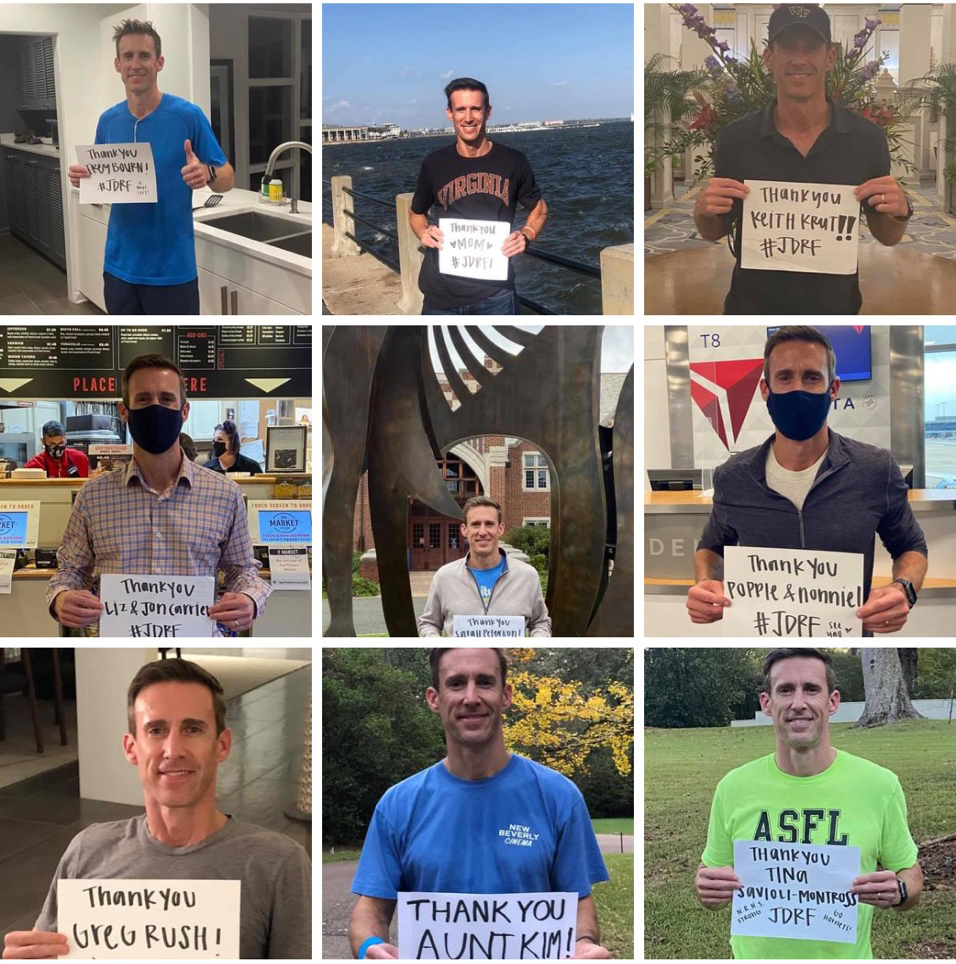You have heard Breakthrough T1D say it before: Build a global universal type 1 diabetes (T1D) early detection program. This will reduce diabetes ketoacidosis (DKA)—a life-threatening complication—at diagnosis and identify autoantibody-positive individuals to take part in preventive treatment or clinical trials.
Having 2 or more persistent T1D autoantibodies—antibodies that are directed toward your own body—means you have an almost 100 percent chance of developing T1D in your lifetime.
But there have been no monitoring guidelines for individuals who tested positive for T1D autoantibodies through early detection. Until now.
Consensus Guidance
Breakthrough T1D spearheaded an effort to develop the first internationally agreed-upon guidance for anyone who tests positive for T1D autoantibodies, co-published today in the journals Diabetes Care and Diabetologia.
These provide guidelines for monitoring children, adolescents, and adults who test positive for T1D autoantibodies, along with recommended monitoring frequencies and actions for healthcare professionals when the risk of progression toward symptomatic T1D is high.
The guidance also includes recommendations for educational and psychosocial support for positive T1D antibody individuals, including their families and caregivers, and may also lead to primary care doctors screening more frequently since there is actionable monitoring guidance available to them.
For the first time, individuals, families, and healthcare professionals have concrete next steps to monitor early stage T1D progression and catch symptoms early to prevent DKA.
This guidance was developed in conjunction with over 60 international experts, representing 10 countries and endorsed by 11 national and international societies.





